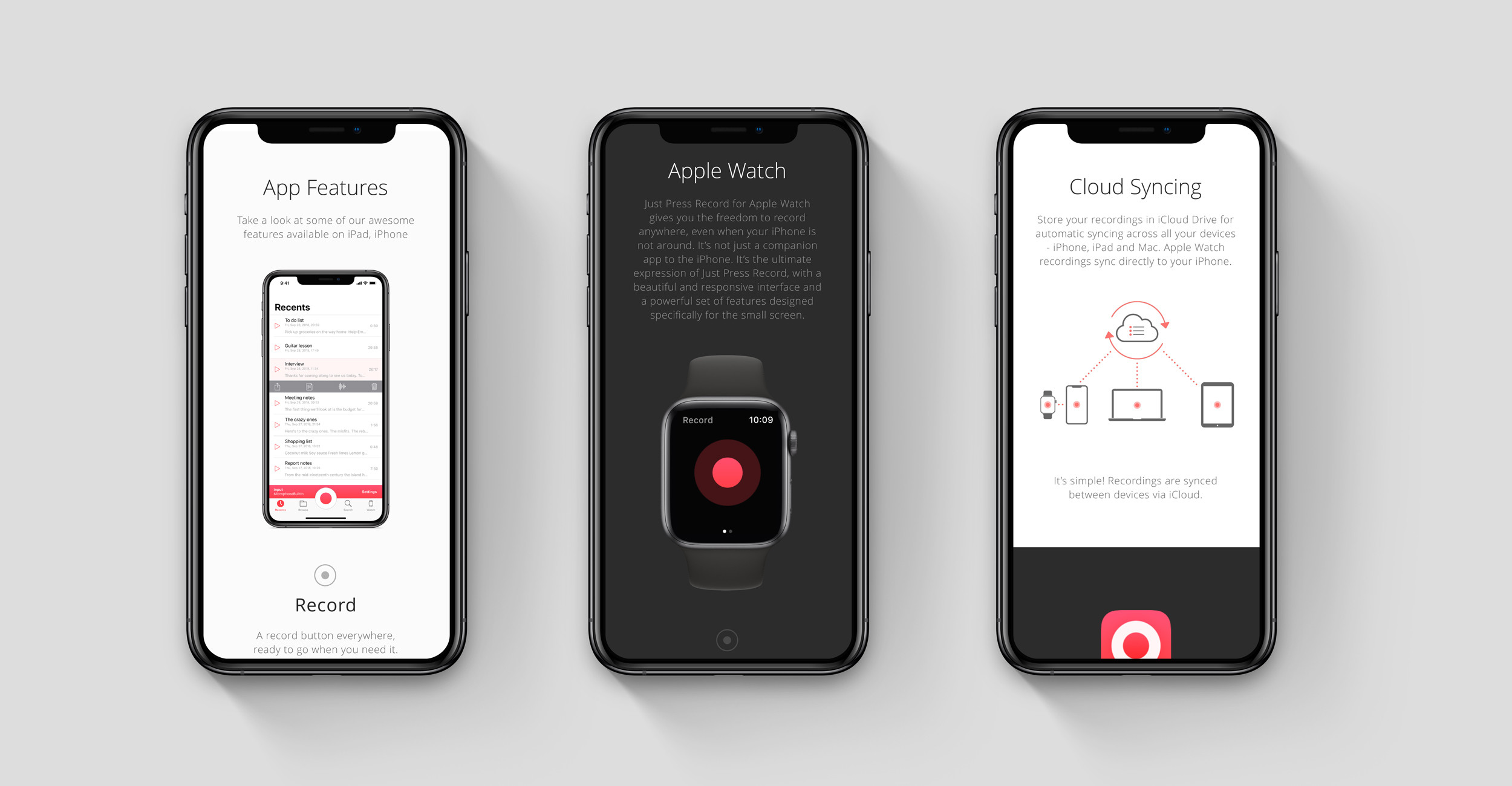

The word cloud confuses many in the term “Files Connect Cloud”. Once there you would have to choose the “Provider Type”.Once again go to Quick Find in setup and find Auth.Now that we have setup the necessary permissions, we need to set up the auth provider. Make sure that profile that your users are connected to have necessary permissions to access the tool. Make sure that all those users that you want to have access to SharePoint have the necessary permission set configured to their User Profile.Īnother area that some people generally miss is to check the Files Connect Cloud permissions settings in the “Profile” section. You can check which users has the above-configured permission set from the “Manage Assignments”.
Just press record export to salesforce professional#
Again your licence should be higher than the professional version for this feature to even appear. If you are going for an on-premise SharePoint version like SharePoint 2010 or 2013, you would have to select “Files Connect On-Premises”. If you use permission sets for managing user permissions, go to Permission Set->System Permissions->Edit, then Select “Files Connect Cloud”.

The next step is to set up user permissions for Files Connect. Step 2: User Access Permissions for Files Connect ‘Reference’ is for use cases where you would want to reflect the same user access permissions in SFDC as done in SharePoint. The ‘copy’ option is for those use cases when you have to share files with those Salesforce users that don’t have similar access to SharePoint or if you may have to share files with clients that don’t have access to SharePoint at all.

The important thing here is the File Sharing setting. Or if you are lazy like me, you can find Files Connect in the quick find bar.įrom there click on Edit, then select Enable Files Connect. Go toīuild->Customize->Salesforce Files->Settings->Files connect. The first step is enabling Files Connect in your instance. Step 1: Enabling Salesforce Files Connect The process starts with enabling Files Connect for the Salesforce instance and ends with accessing SharePoint Files in Salesforce. The connection is easy to establish and easy to configure. Integrating Salesforce and SharePoint using Files Connect However if you want to connect on-premise file sources, you must have Enterprise and above edition, and have to pay some additional costs. It is a click and uses tool to integrate Microsoft and Google products with Salesforce, making the integration process a lot easier.įiles Connect gives your Salesforce instance ability to access files from external locations and use it in standard SFDC objects like Accounts and Cases, or custom Salesforce objects.įiles Connect for integrating cloud-based external data sources is available for all editions including Professional editions. Keeping this in mind, and a growing demand for an easier integration method, Salesforce released Files Connect. Integrating Salesforce with your document management solutions frees some actors from even accessing document management solutions and in general make your business process more smooth and easy. In this post, we are going to look at how we can Integrate SharePoint and Salesforce easily using Files Connect. Since then the inbuilt connection tool has gained more popularity, and hence the reason for this post. We explored, with code, on how one can allow two-way communication between Salesforce and SharePoint through a custom Microsoft Azure hosted services.Īt that time, Salesforce Files Connect was recently launched and its usage was not as widespread. Last year, in our previous post on integrating Salesforce with SharePoint, we discussed in detail on how one can connect the two solutions. And it is also one of the most popular customization requests that we get every week. For making business processes smoother and making all files available on a single interface, integrating Salesforce and SharePoint is a logical step for every organization using the two products. SharePoint, a feature-stuffed Microsoft powered document management systems, is one such popular solution that enterprises rely on managing and securing their documents. Therefore most enterprises and organization that creates and consume a lot of documents, rely on external document management solutions, and then integrate them with Salesforce to make it easier for using the two systems. To be fair the Software-as-a-Service CRM platform was not aimed at replacing enterprise document management systems. Salesforce is notoriously in-famous for its low storage space and a relatively lacking document management capabilities.


 0 kommentar(er)
0 kommentar(er)
